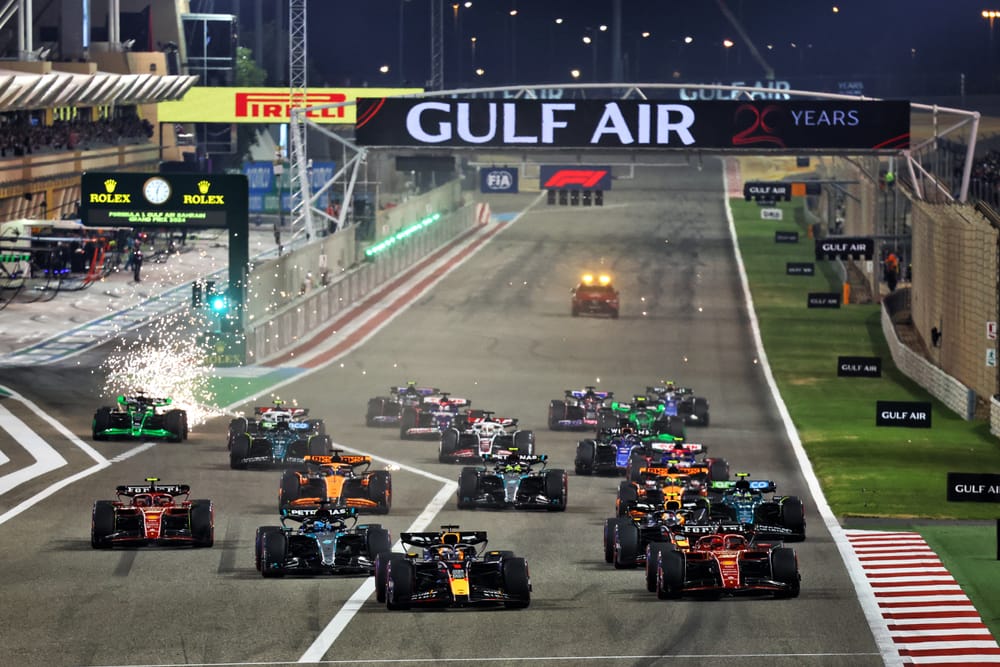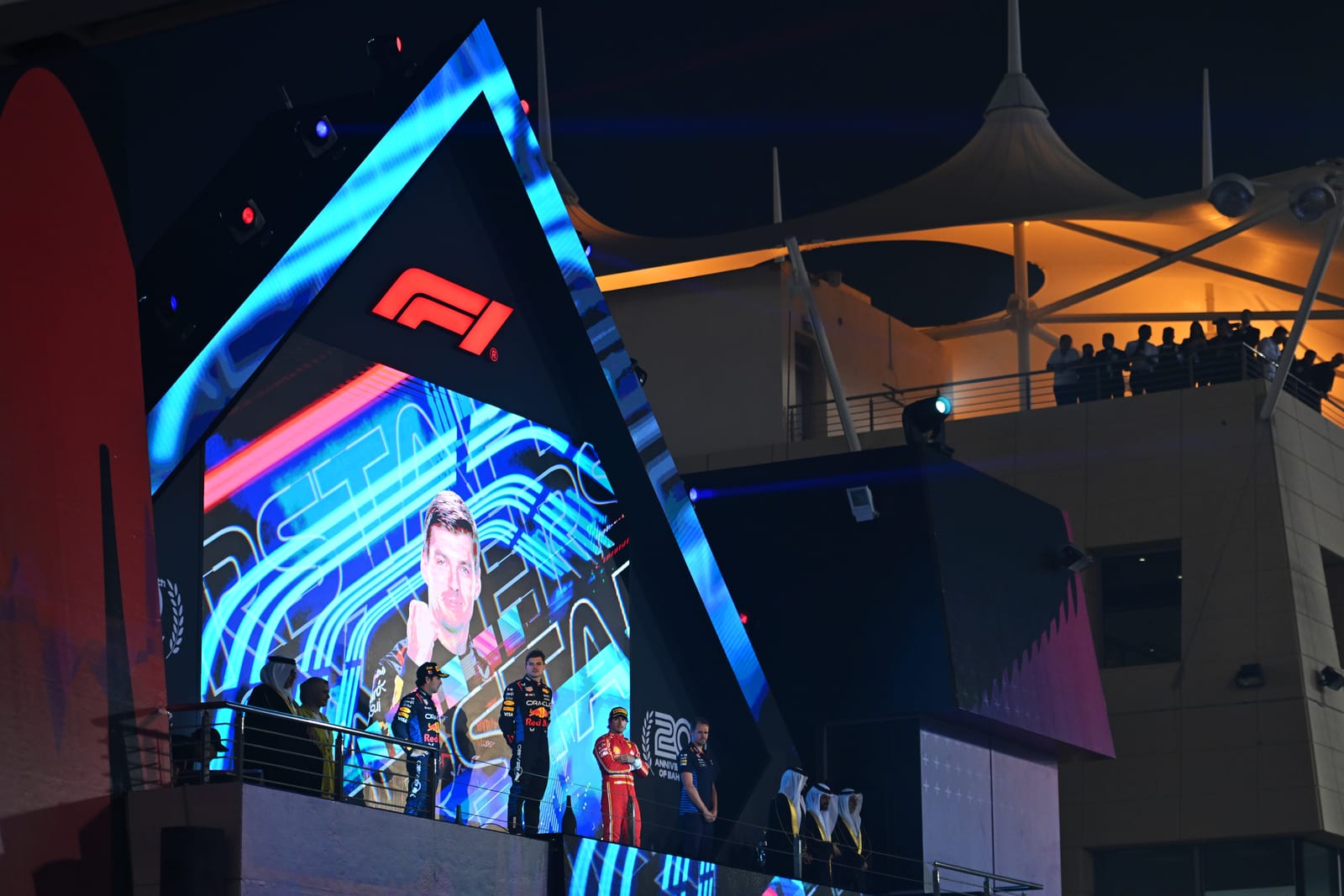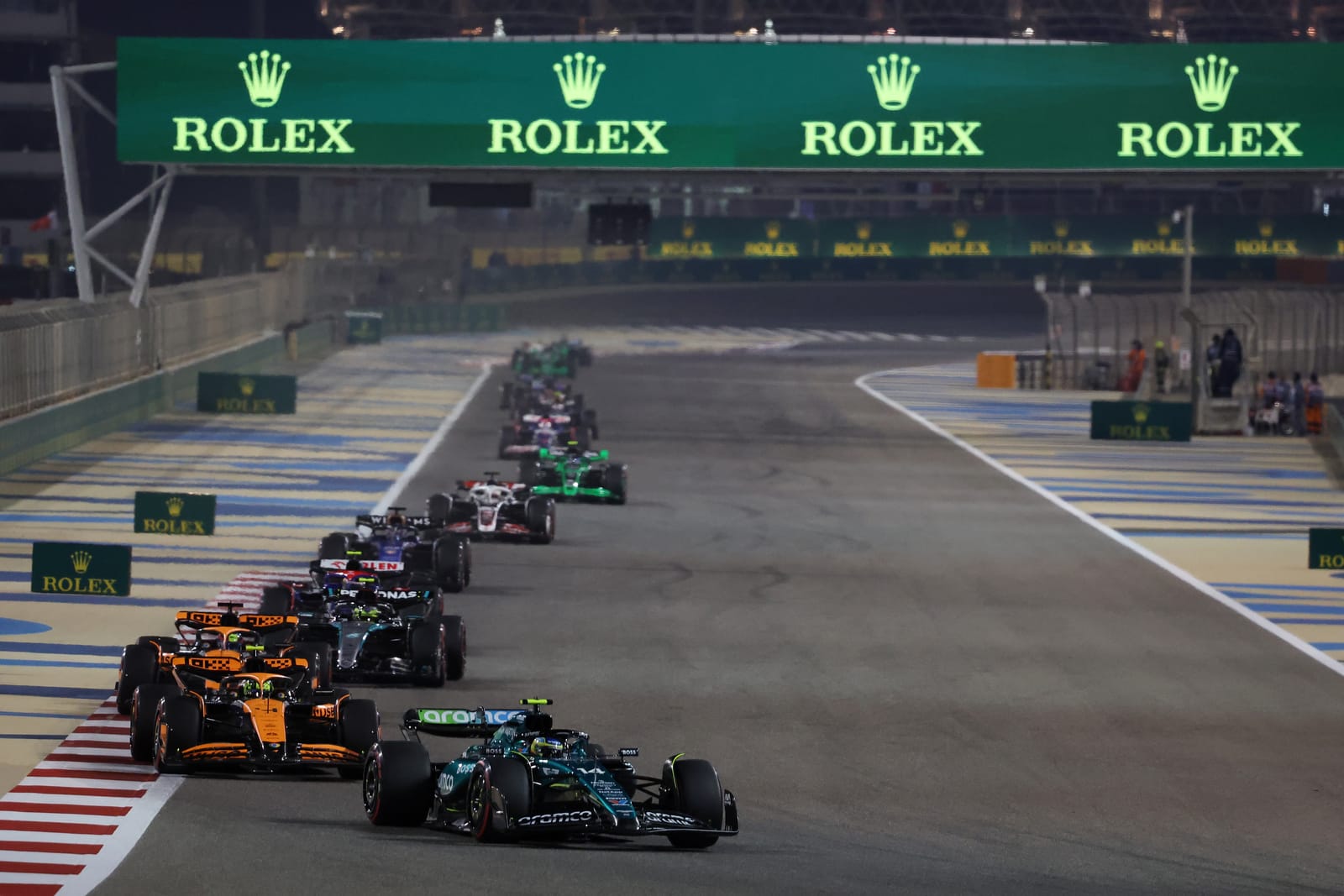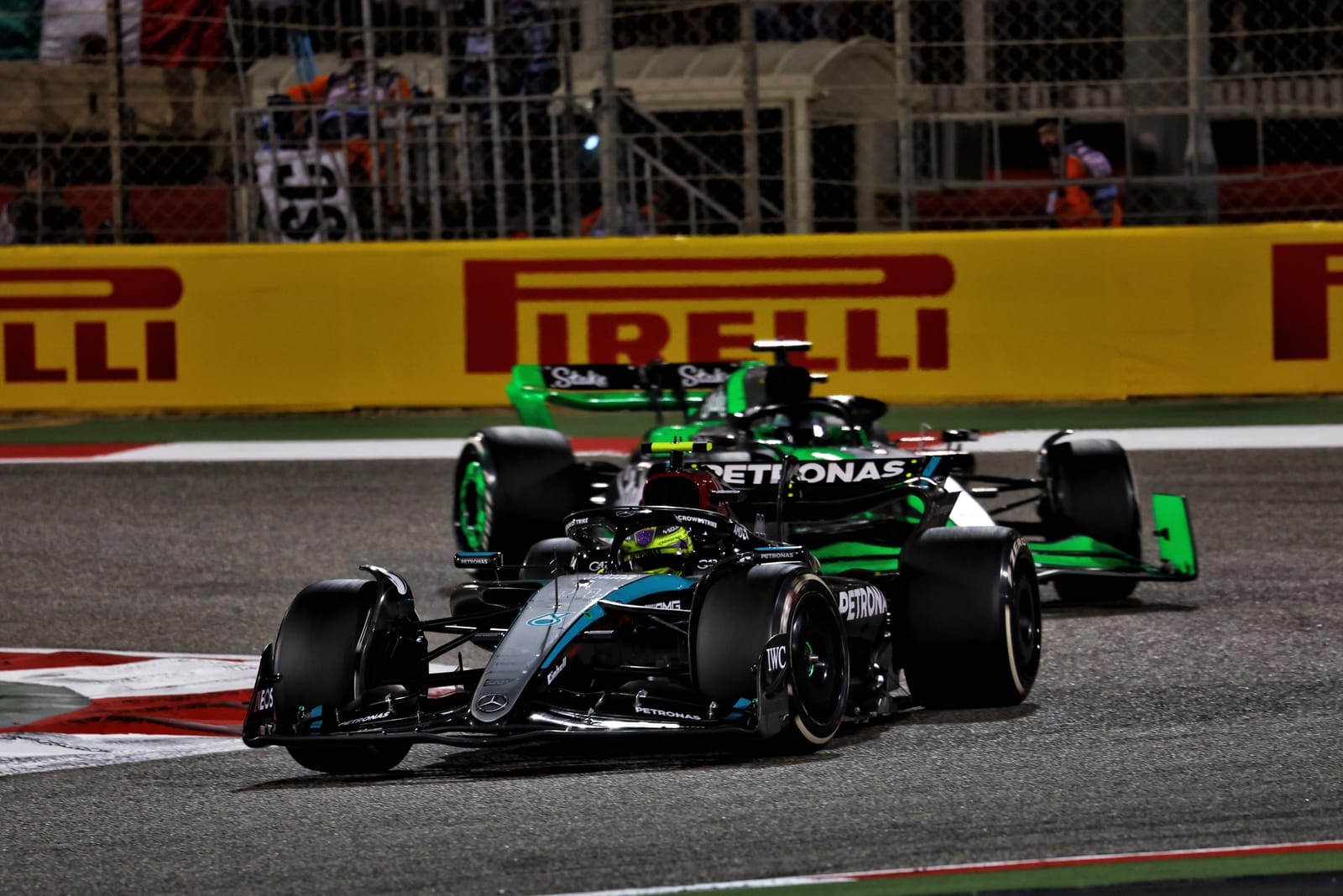Up Next

What Formula 1's 2024 season-opening Bahrain Grand Prix lacked in victory intrigue and on-track excitement, it made up for with a range of other talking points.
A team facing civil war, another one in its own crisis, and the usual round one intrigues like discovering a more concrete pecking order - this was an unusually dramatic curtain raiser.
Yes, there are concerns about 23 more races like this in another season of Max Verstappen/Red Bull domination (unless you are Red Bull or Verstappen or a fan of either).
But if the remaining weekends produce half as much intrigue as this one, it will still be a breathless year...
This was Verstappen/Red Bull at their peak
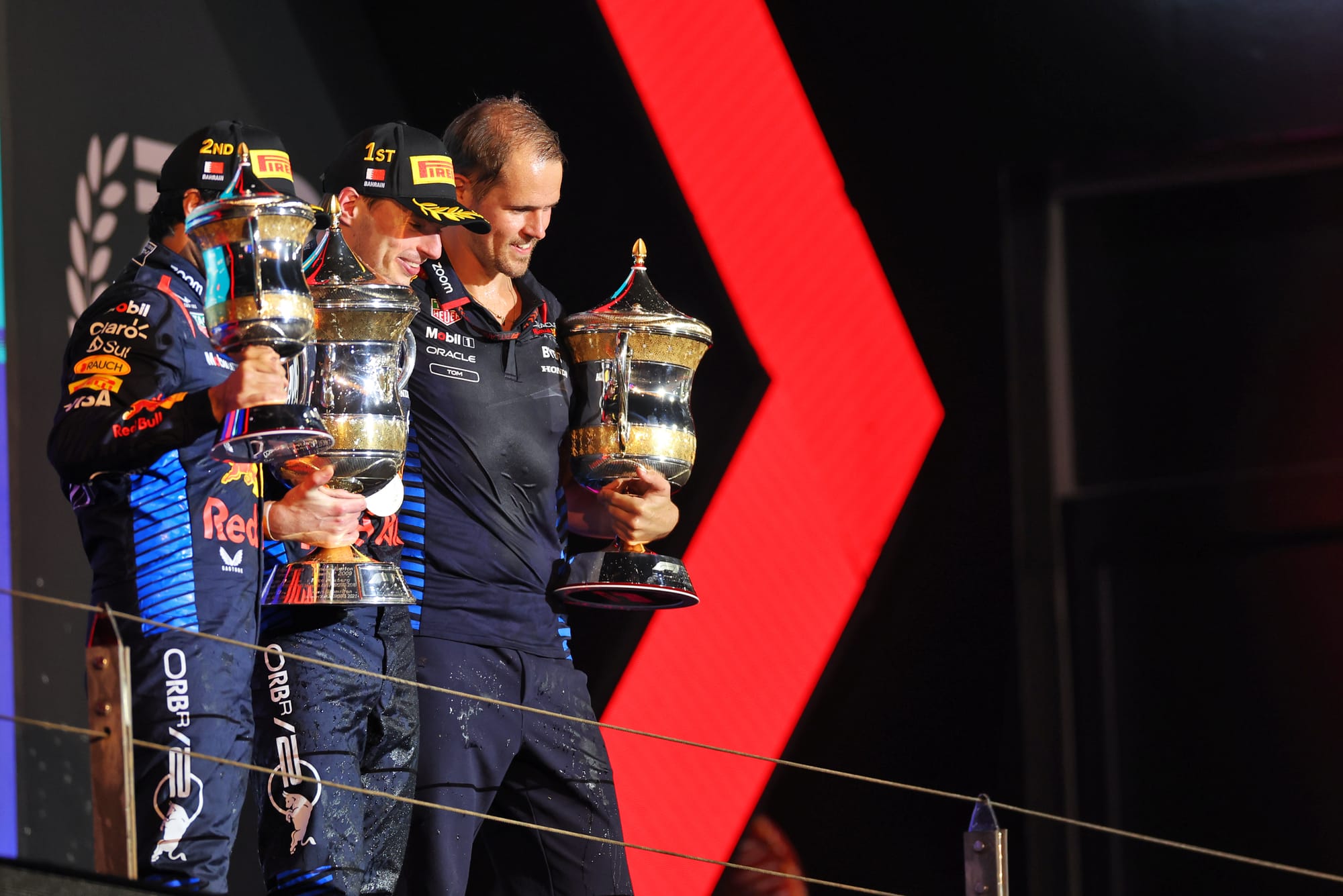
In the end, it was as expected at the front. Verstappen dominated the race, and could have had a bigger advantage were he minded to try. Red Bull is the car to beat.
However – and this might sound too optimistic – it should not have many tracks where its race day superiority is quite so emphatic.
Sakhir is good for the RB20’s clear advantage in looking after its tyres, and the conditions on race day seemed to put the car in a very good window. Verstappen said he felt at one with it, which is significant given how often he can complain about marginal details.
Also, while Red Bull and Verstappen were at their peak, others made themselves look worse. Ferrari had issues with its lead car (in terms of starting position). Mercedes ran into cooling problems. This kind of track isn’t great for McLaren.
It changes nothing about Verstappen and Red Bull being the favourites for other races. But if they are pulled back, and others push forward, it could – maybe should – be a bit more competitive.
But Horner’s leadership is under attack
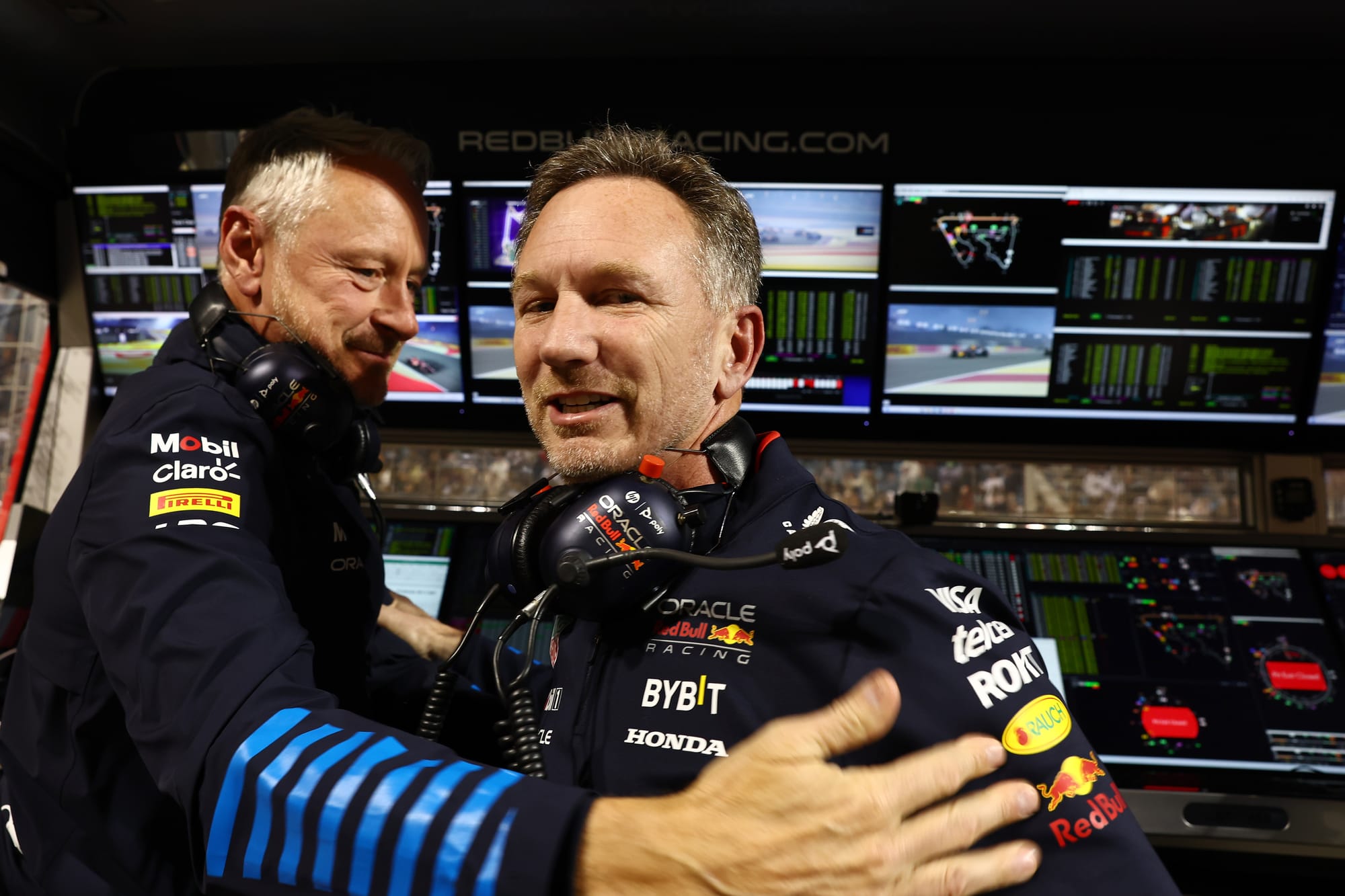
What was a dream start on-track for Red Bull has been nothing less than a nightmare off it.
Team boss Christian Horner hoped a line could be drawn under the allegations about his conduct towards a female member of staff when the parent company dismissed a “grievance” against him on the eve of the new season.
Instead, it has escalated to new heights. The leak of a dossier of 79 files implied to be evidence from the investigation came on practice day, in a deliberate attempt to undermine him and pile the pressure on. Then Horner met separately with FIA president Mohammed Ben Sulayem and F1 CEO Stefano Domenicali around qualifying.
But the biggest twist was to come. After Verstappen’s dominant win, his father Jos gave a shock warning that Red Bull Racing will “explode” if Horner remains in charge. British and Dutch newspapers The Daily Mail and De Telegraaf ran quotes with Verstappen Sr, who had a falling out with Horner in Bahrain and has effectively – but not explicitly – stated Horner needs to step down or he will tear the team apart.
How Horner, the team or the wider Red Bull company respond is unknown. But it means a clearly unified and successful team is simultaneously at risk of being torn apart by an emerging civil war.
Ferrari’s best of the rest, with a Mercedes asterisk
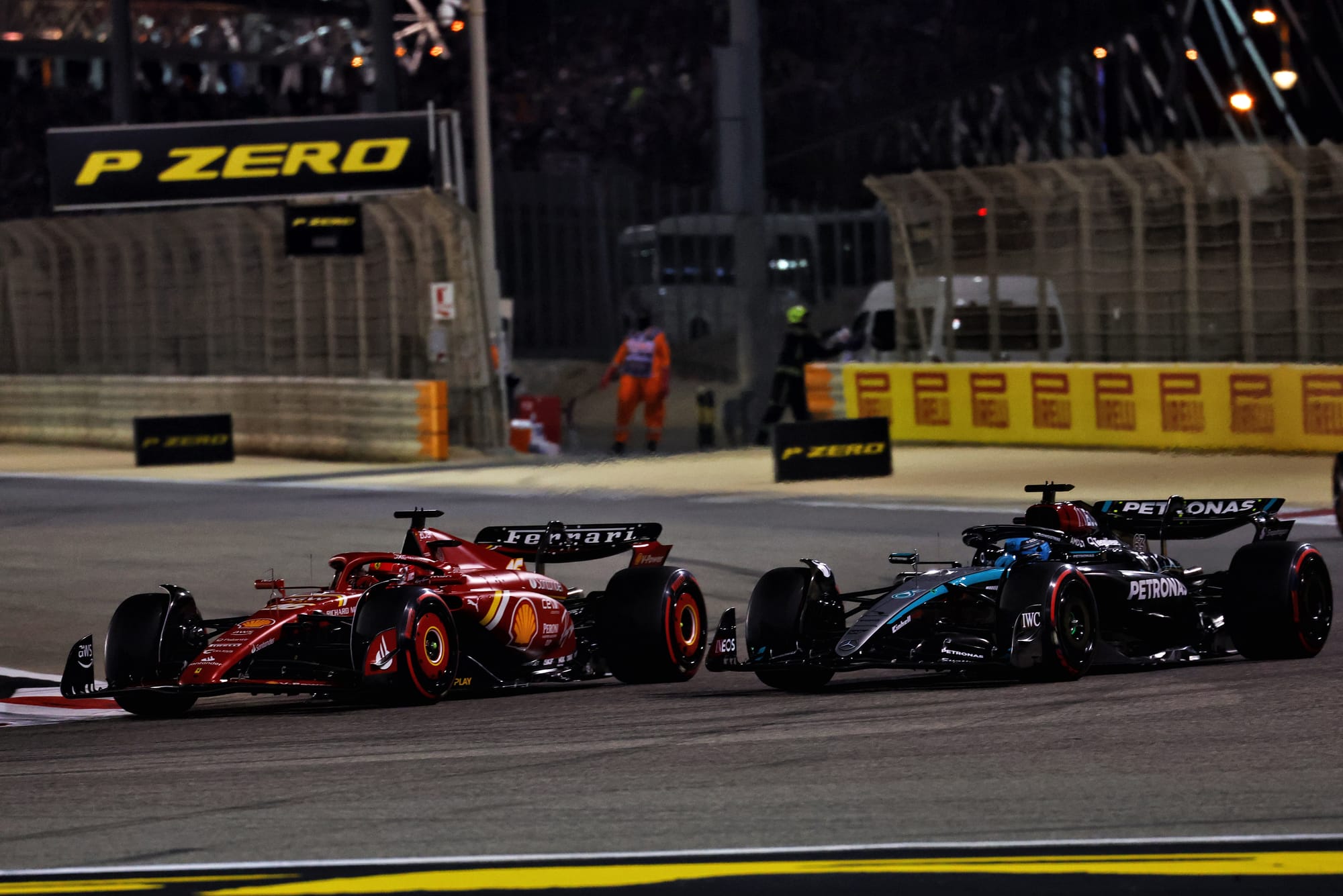
The much promised improved race performance and tyre management from Ferrari did eventually materialise in Bahrain, although not to the extent required to fight Red Bull.
Over a single lap, Ferrari looks a real Red Bull threat again. And it followed that up, eventually, by proving itself best of the rest in the grand prix.
Charles Leclerc’s early issues were not a good omen for that until it became clear he had a specific problem with his brakes. But Carlos Sainz’s pace – and even Leclerc’s in the final stint – was more encouraging.
The asterisk against Ferrari leading the chasing pack was Mercedes’ issues, which make it difficult to compare. George Russell had a bright start but fell back as management became a priority quite quickly amid overheating, while Lewis Hamilton starting only ninth after a small underachievement in qualifying was a further complication for his race.
McLaren’s development priority has become clear
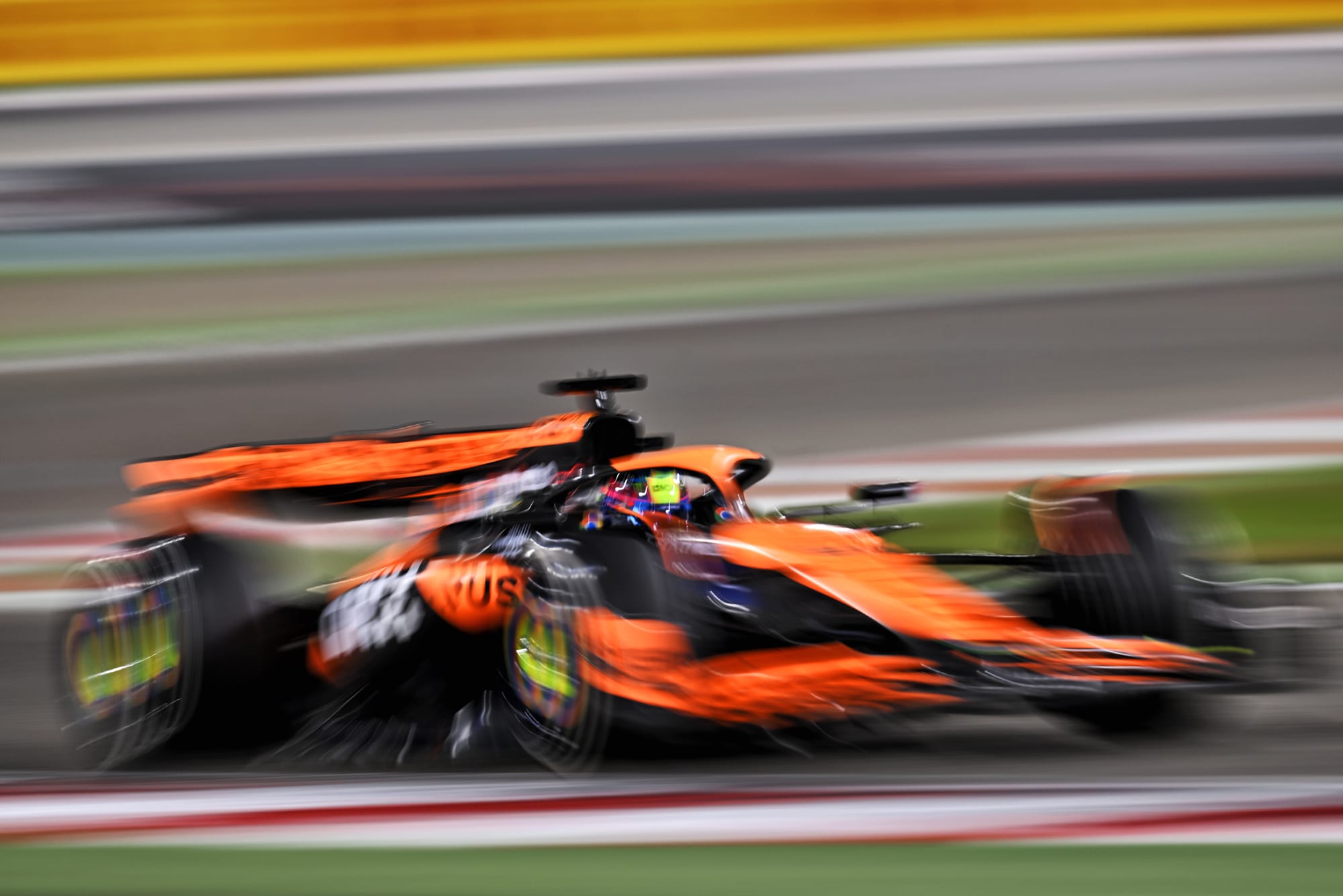
Judged against the back end of last season, and the fighting talk of closing the gap to Red Bull further, it was disappointing to see McLaren qualify on the fourth row and kept at arm’s length by Ferrari - and even Russell’s compromised Mercedes.
Especially as it became clear that the McLaren has not been improved as much as needed in its core underlying weaknesses.
But Sakhir is not a good track for McLaren and it was still there or thereabouts over a single lap, even with a less-than-ideal end to qualifying, at a circuit that exposes where it still needs to make gains with its car.
That’s all important context to consider. Lando Norris even swung from a fairly pessimistic outlook to being genuinely buoyed by the fact McLaren was this close when it can still improve so much in areas it remains weak.
Mid-corner rotation is still difficult with this car, which compromises corner entry and exit - at slow speed in particular.
Team principal Andrea Stella admits that in this area, McLaren is still not where it wants to be. And that is where the aerodynamic group is focused in its development, along with mechanical elements that are aimed at broadening the set-up options McLaren has at the track.
It means McLaren must battle its lingering weaknesses for longer - although the silver lining is that upcoming tracks with faster corners, like Jeddah, Melbourne and especially Suzuka, should play more to the car’s inherent strengths.
Alpine misery has no obvious end point
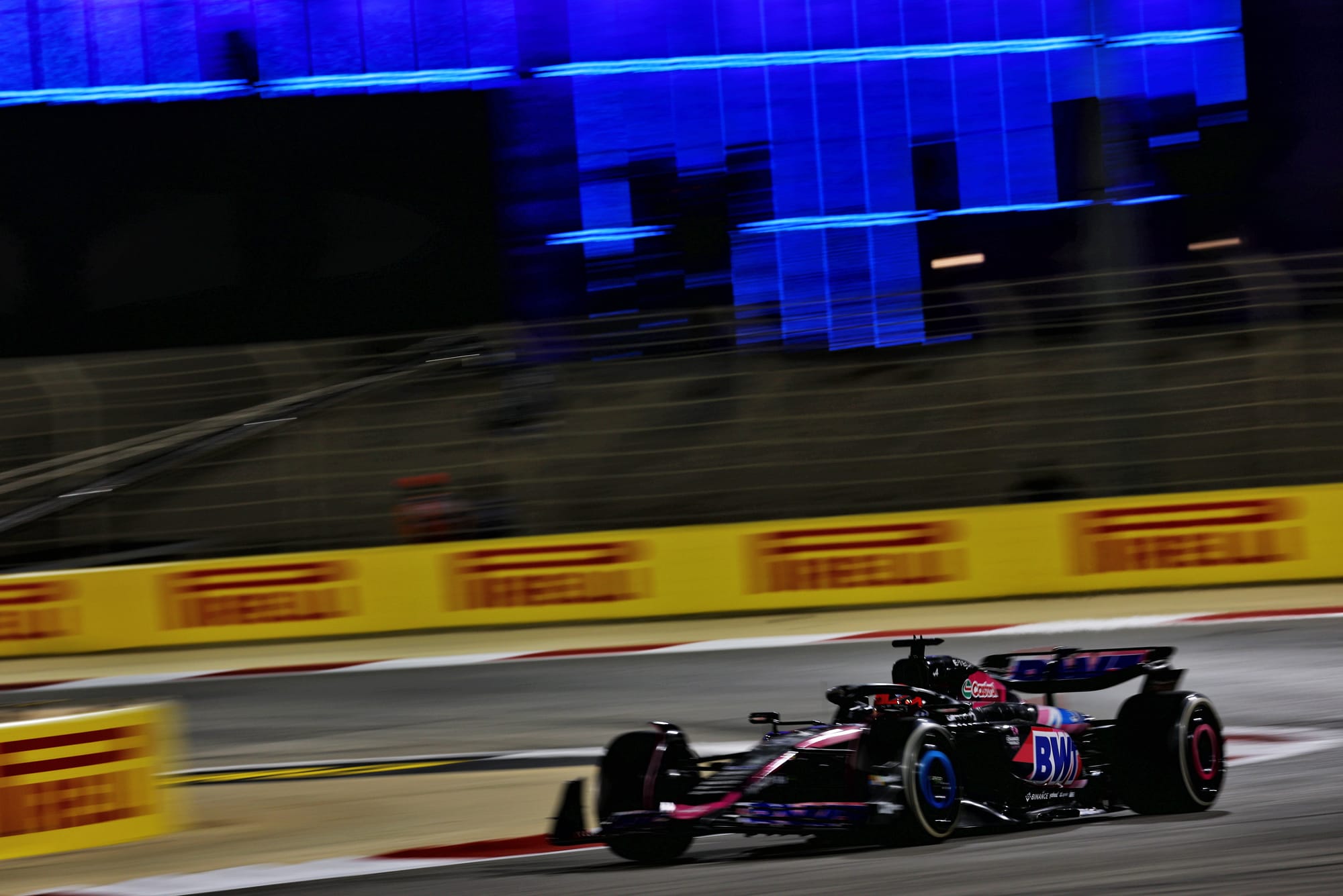
The car’s slow. It’s overweight. It has poor traction. It qualified slowest and its drivers only avoided finishing last because two others had specific misfortunes in the grand prix.
And now we know that the team’s technical director Matt Harman and aerodynamics leader Dirk de Beer have both resigned.
It’s not raining at Alpine, but pouring. And there’s no obvious end point to the misery. Certainly not in the grand scheme of things, given this is just the latest regression in a repetitive cycle of underachievement from Renault’s works team, and not really in the context of 2024. The car should get lighter, it should get a bit better, it should start fighting for points at some stage.
But is it even going to get back to where it finished last season (sixth)? Maybe not. And that wasn’t good enough anyway.
The drivers, especially Esteban Ocon, are putting a brave face on things. That’s about all they could do while stuck with a car as disappointing as the A524 in Bahrain.
Aston Martin is in ‘nobody’s race’
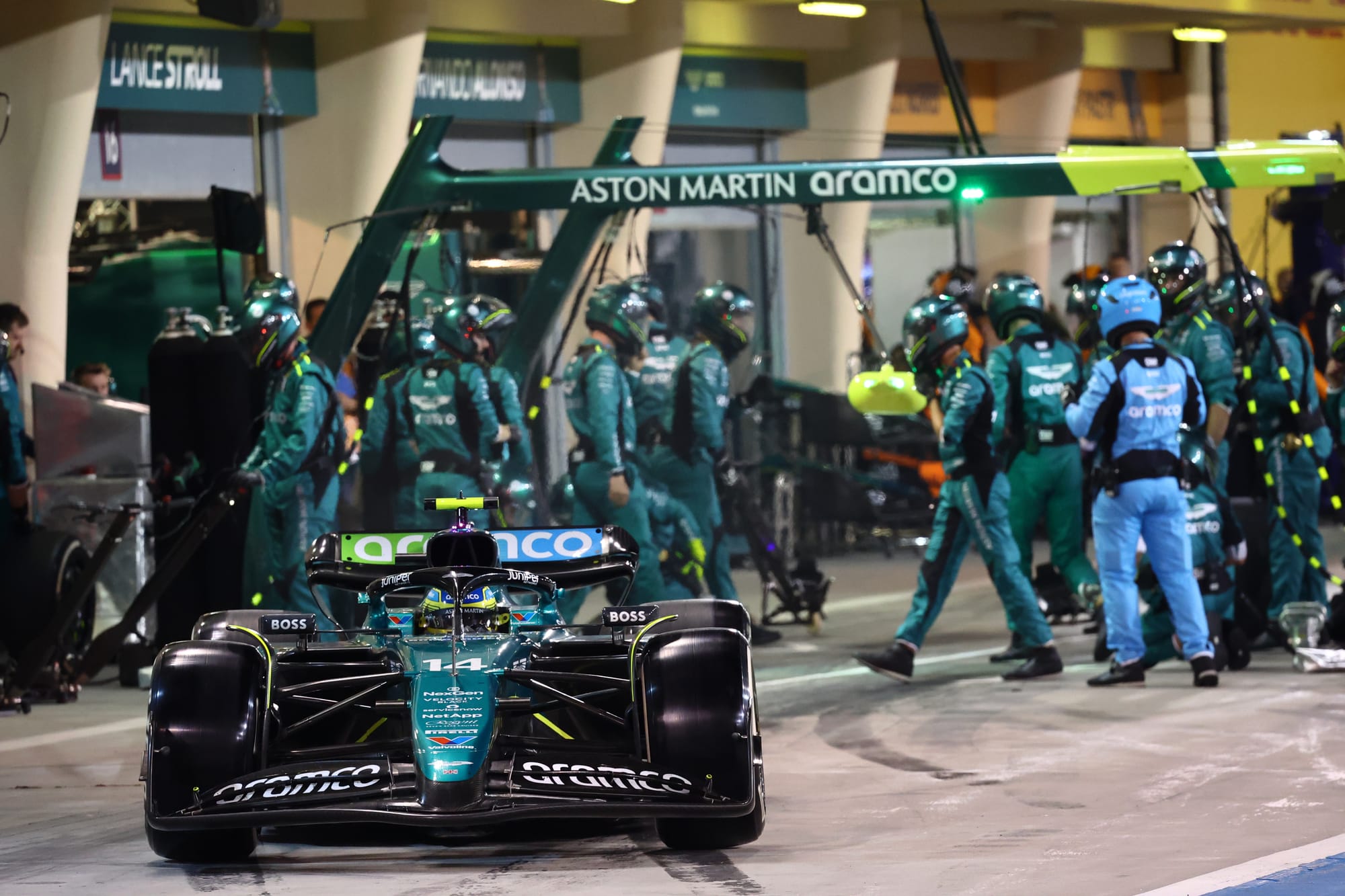
Last year’s second-best team in the season opener was only one place worse off in qualifying this time around. But it had a much worse grand prix, was nowhere near close to being a podium contender, and in Fernando Alonso’s words was in “nobody’s race”.
While realistically it was not expecting a repeat of 2023’s podium finish before the weekend, Aston Martin obviously hoped for a much better result than the last two places in the top 10.
Alonso was “massively surprised” to qualify sixth with what he called an “exceptional” lap, but never looked like consolidating that position in the race, let alone building on it, and said afterwards that finishing ninth and 10th was exactly in line with the team’s pre-race simulations.
After the first corner, though, two cars in the points looked extremely unlikely. Lance Stroll was turned around by Nico Hulkenberg at Turn 1 (after a good start) but drove extremely well after being put on an aggressive strategy to capitalise on track position, and nurse his tyres to the end with the longest stint of anybody.
Beyond Stroll’s excellent recovery, the only positive thing is that the team is adamant the new car does offer a better development platform than the one it struggled to upgrade consistently in 2023.
Alonso even suggested this ‘better platform’ has required deliberate sacrifices in terms of some of the car characteristics that made the Aston so potent at the start of last season.
It will likely need that to pay off in terms of effective upgrades sooner rather than later.
Haas has defied its own expectations (and ours)
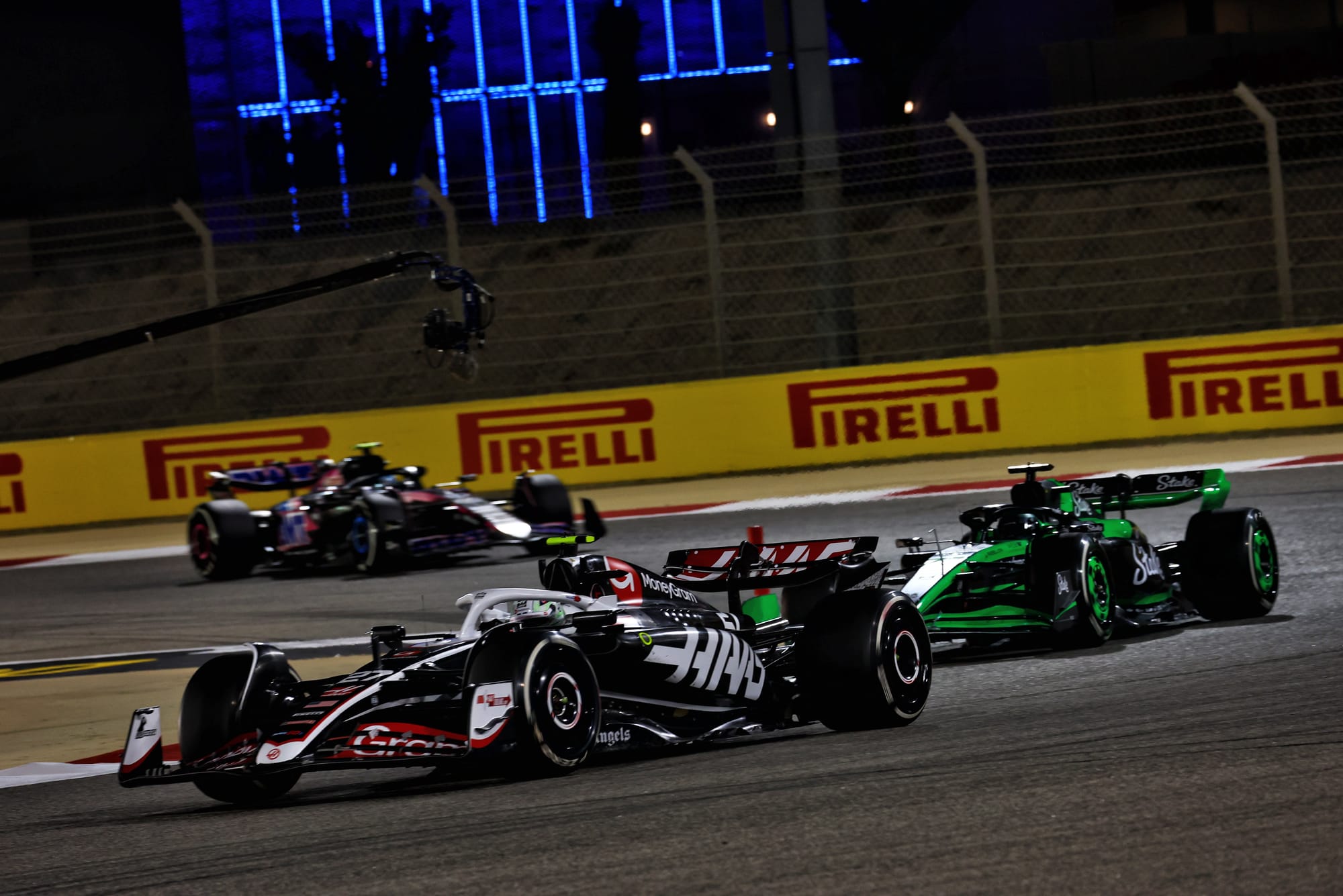
Hulkenberg’s incident with Stroll at the first corner negated his great qualifying performance in this race but based on the evidence of Bahrain testing and the opening round, Haas could actually benefit from Hulkenberg’s immense qualifying prowess this season.
Last year that wasn’t the case. The car used its tyres so aggressively that Haas team principal Ayao Komatsu admits they always knew after qualifying they had no chance to finish where they started.
Progress with the base specification of car for 2024, and a lot of set-up work at high fuel through testing, seems to have changed things. Komatsu sounded very confident after the race that with the car Haas has right now, it has understood its issues well enough to fight other cars in the midfield in a way it simply couldn’t last year.
Kevin Magnussen showed that with a good if point-less grand prix and Hulkenberg’s pace on his own was strong enough to suggest sniping for a point would have been possible had he not had his first lap mishap.
Komatsu admits that he would never have expected this before testing. And neither would we.
But last week it became clear that the VF-24 might be more competitive than feared – and the Bahrain Grand Prix, given the track will brutally expose any tyre management weakness, seemed to validate that.
Following might have got worse again
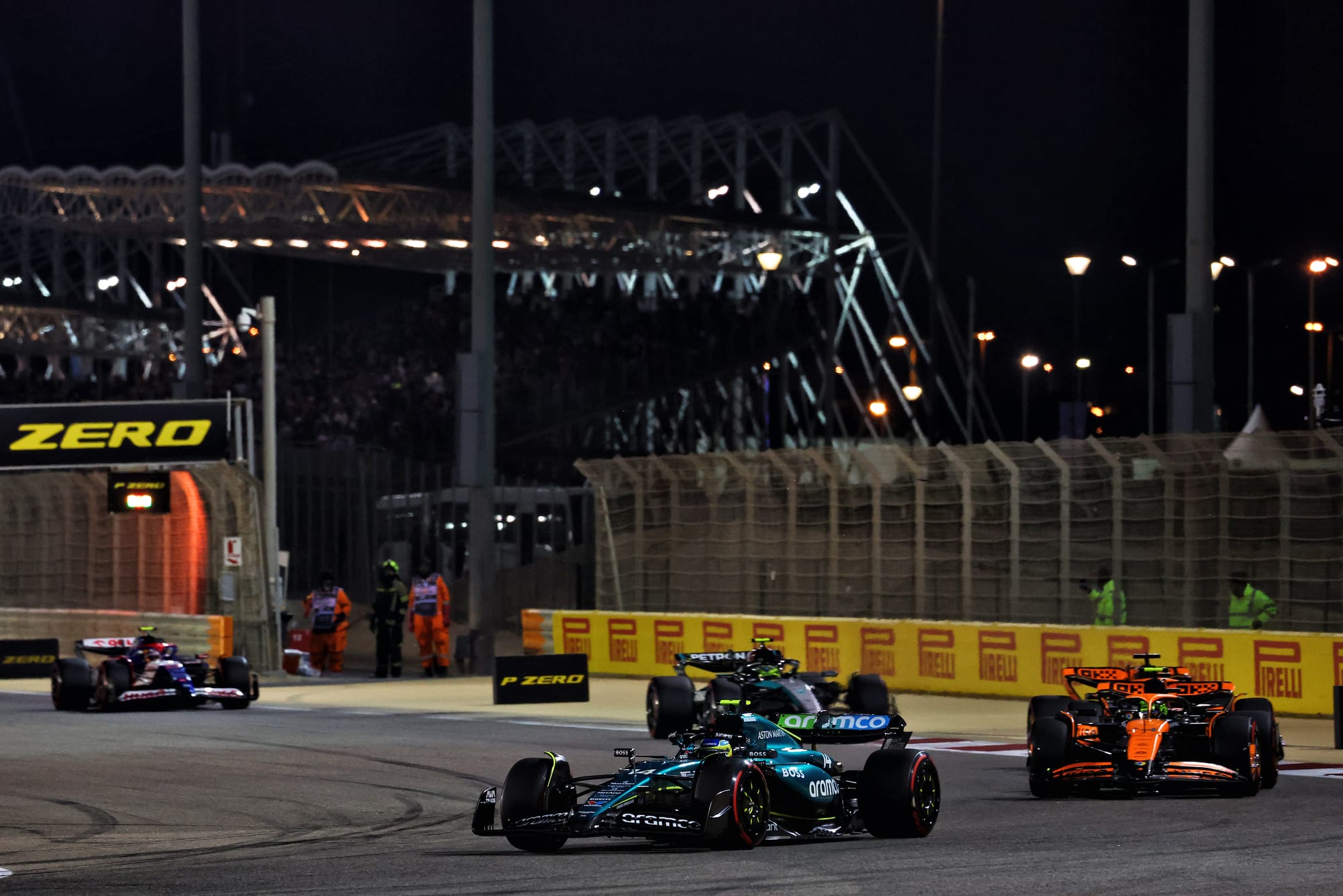
The jury’s still out on whether the 2024 cars are even worse to race with than their predecessors, but Bahrain was not a hugely positive indicator.
While things are not back to the pre-2022 levels of dirty air and downforce losses while following other cars, it does look like there may have been another regression.
The FIA had noted 12 months ago that the downforce retention had suffered following the first winter of development with this generation of car, and some drivers expressed concern at the weekend that following feels a little trickier again.
That’s disappointing for two reasons. First, it simply makes racing harder – and F1 desperately doesn’t need that at the moment given the domination at the front.
Second, and linked to that, is that it means F1 cannot capitalise on how closely matched so many cars are behind Red Bull.
In the race, there were obvious clusters, especially between Sauber/Haas/RB/Williams in the midfield. But that means little if it’s just a train of cars keeping enough distance not to shred their tyres.
Maybe it will be better at tracks that are less sensitive to tyre management. But look at it this way. The field spread in Q1 was extraordinary – less than 0.9s covered 1st to 19th. That could be the basis for exciting, competitive grands prix. But it didn’t play out that way in Bahrain.
Williams is paying for its painful winter
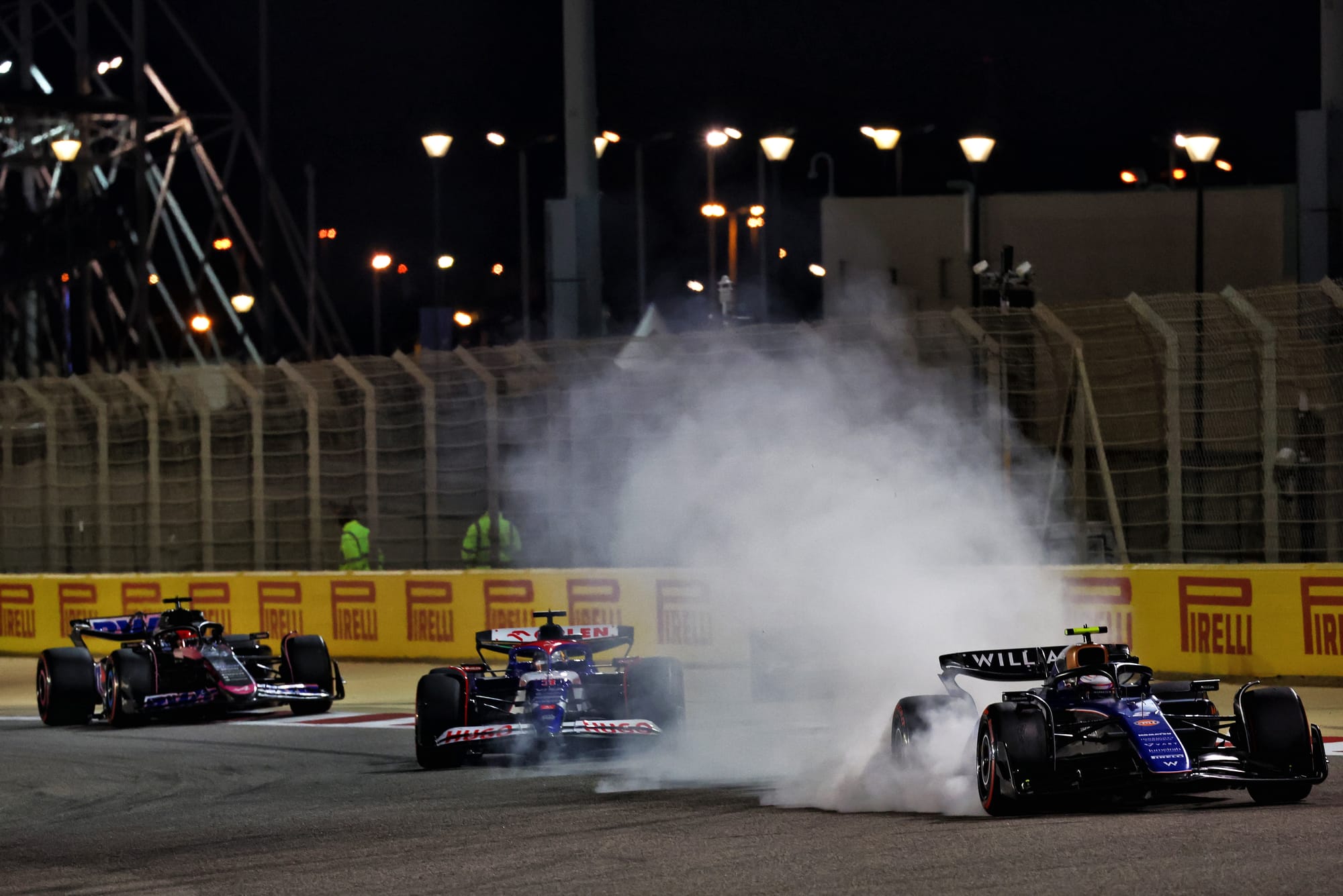
Williams had a slightly troubled start to 2024, with a difficult birth for the FW46 and then a disrupted pre-season test, which fed into an unhappy season opening race.
We already knew Williams was late with its 2024 car after a painful winter spent overcoming a mix of inherently flawed processes and a self-inflicted added workload in updating its old chassis technologies.
And now we know that Williams is paying the price for that at the start of the season.
Its car is a step on from last year already, which is encouraging, but slightly reduced testing mileage means it has not got on top of the new characteristics, nor did it do enough running to be able to iron out a few problems that emerged through the opening race.
That left it half a step behind midfield rivals in Bahrain in terms of pure performance, but also reliability as it suffered from cooling issues in the grand prix.
Everyone at Williams is optimistic the winter was a necessary evil to make more progress in the future, and it’s not exactly one step backwards to take two forward. But in competitive terms it looks like it could be half a step back from last year, at least for now, given the midfield looks even more condensed than before.
Calls to peg Red Bull back will only grow louder
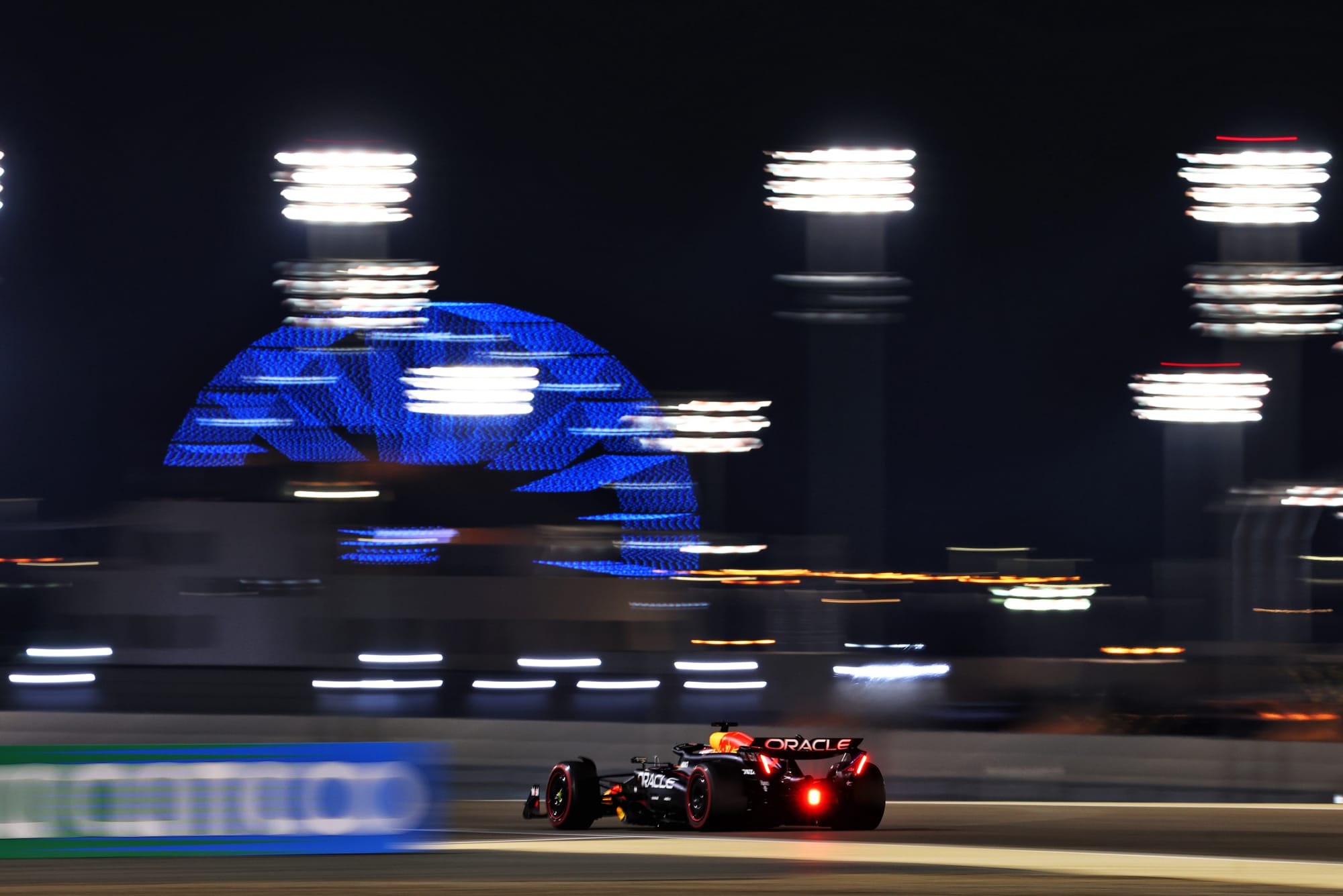
There’s a big debate growing on parts of social media in the wake of the opening race, based around how many times the rules were interfered with during Mercedes’ run as F1’s top team from 2014-2021, and how stable the ground-effect era rules have been so far.
The argument is that Mercedes faced various attempts to peg it back whereas Red Bull is getting a clear run during its time at the top.
That’s a slight oversimplification – there have been various technical directives and floor rule tweaks in the first couple of years of these rules, it’s just nothing has really hurt Red Bull or slowed it down. Much like Mercedes repeatedly overcame obstacles during its most dominant era, to keep on winning.
It’s just what the best teams do. But it is definitely fair to point out that F1 under Stefano Domenicali seems more averse than past regimes to intervene and meddle with the authentic competitive order.
That contrasts with a view that F1 currently is only interested in its share price, which must be taking a hit from the underwhelming quality of racing.
And if Red Bull and Verstappen continue in this vein, during F1's longest ever season, you can bet that calls to make a change that reins the world champion team in will only grow louder.


